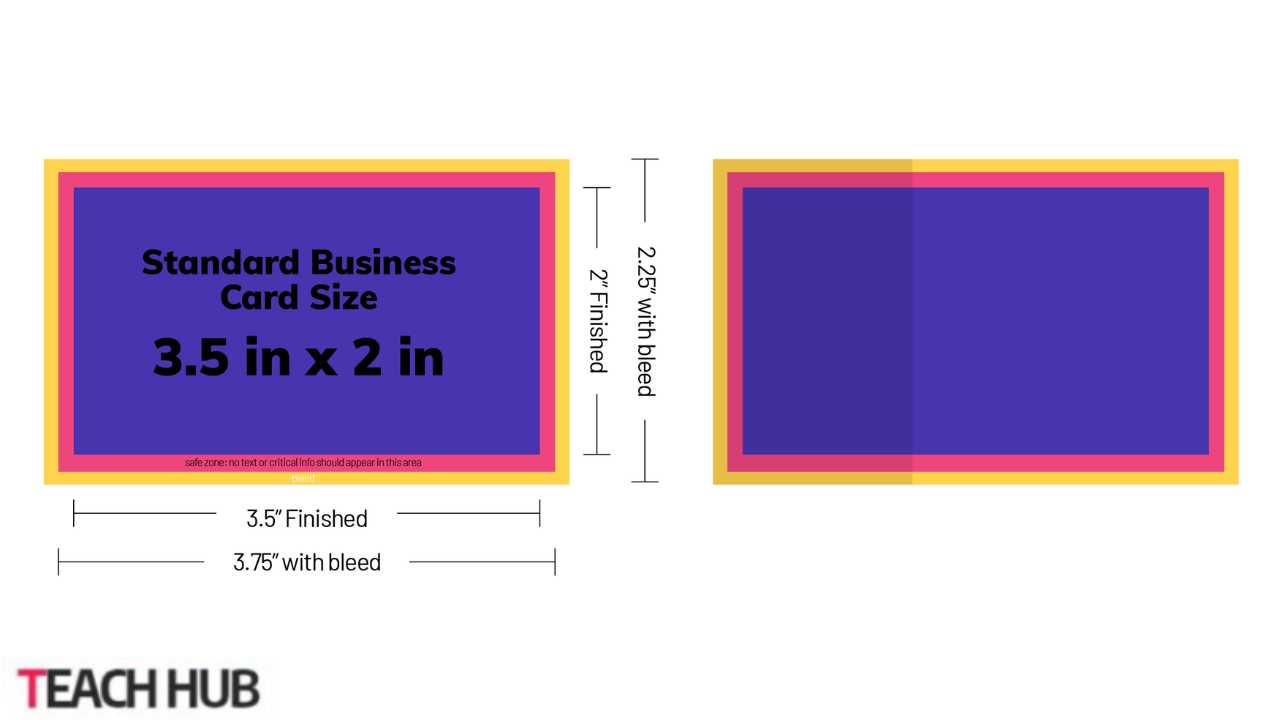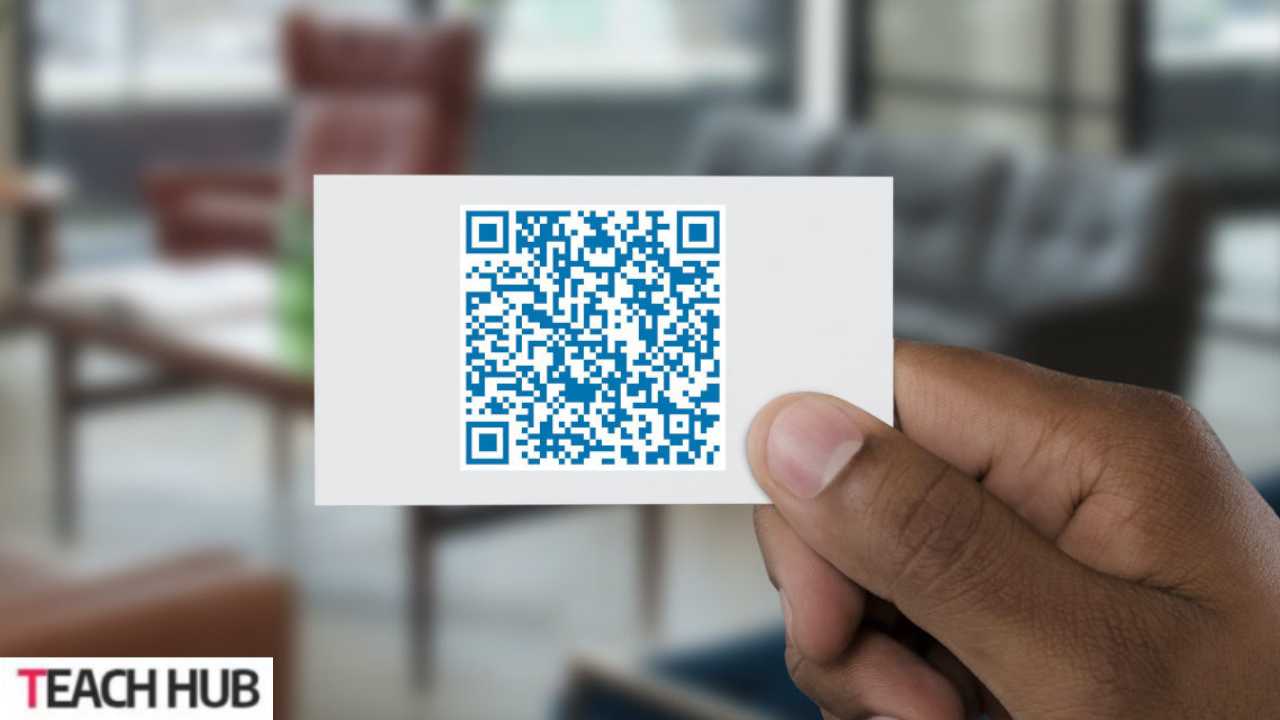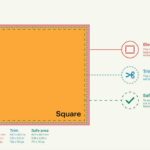Do business cards hold a place in today’s high-tech world? With smartphones and contact-sharing applications available to almost anyone, the right old-fashioned business card may seem like an ancient antique. Regardless, the issue is how you appear when it becomes inconceivable to cut through digital noise.
The solution lies in the great, personal touch that business cards can offer—these capabilities are not available through technological advancement. A well-designed business card and high-quality printing connect with people in ways that digital methods can’t match. Business cards continue to serve as a tangible reminder of our brand and professional identity.
Learn more? Let’s dive deeper into the following sections as we examine the art and staying power of business cards in today’s business environment.
History of Business Cards
Business cards originated in Europe in the 17th century as “visiting cards” created by the gentry. Gradually, they turned into “trade cards,” which advertised one’s services and provided directions to a place. In the business world, business cards are as close as breathing.
Business cards signify prestige and professionalism. They will be changed with time and the evolution of business practices and technology, so long as their designs, materials, and functionalities adjust to these changes. Their pervasive presence in businesses testifies to an enduring role of a nondigital, given how much digital exists.
Despite all the inventions made in digital contact-sharing, business cards bring a personal feel that cuts across most of the digital tools lacking. They become a valuable resource that doesn’t go out of style or become obsolete.
Why Business Cards Still Matter
Business cards still have advantages that digital alternatives can only match. They establish a concrete connection and allow personal contact that often leaves much more to be remembered than digital contact. When you meet someone in person, a business card is a physical reminder of the encounter and is much more likely to trigger the contact to remember you.
Also, business cards are cross-culturally accepted and comprehended documents due to their independence from language, technology, or even a stable internet connection, and they allow for a quick exchange of contact information.
In many cultures, trading business cards is a formal ceremony to show respect and professionalism while emphasizing how this is still a critical modern networking tool.
Knowing the Business Card Size
Although North America’s ideal business card size is 3.5 x 2 inches, which fits any wallet or cardholder, other nations have other standard sizes, like 85 x 55 mm in Europe. Understanding these differences is of great importance to a business that operates across countries.
Even a difference in size can be used for differentiation purposes, but size should not interfere with storage. Finally, there can be some variation in thickness and finish, which consequently impacts the entire appearance and durability of the card.
For instance, experimenting with the size and format of cards, such as going square or vertical, is brilliant in helping your business card be unique yet stay within the practical bounds as regulated by your industry.
Staples Business Cards: A Safe Bet
There are endless options, and you should find any Staples business card options that match your requirements. Their online portal lets users design their cards using Staples’ templates, keeping them within brand mandates.
The company also offers a selection of premium card stocks to warm and enrich the cards. Staples provides same-day pickup and delivery to customers who need cards urgently. In addition, Staples is well known for its low prices, providing customers with discounts if they order in bulk.
This amalgamation of quality, convenience, and affordability makes Staples a one-stop shop for business cards for both small startups and large corporations.
The Paradigm Shift to Order Business Cards Online
Ordering business cards online has transformed the face of card printing in businesses. Online platforms offer extensive design templates and customization options to help users create unique cards representing their brand identity.
Since it cuts the process, ordering digitally makes it easier for companies to update their designs whenever needed and reorder cards as soon as stocks become depleted. Several online services offer features that include proofing so you can preview your cards before printing.
With the competitive pricing and turnaround time from online ordering, it can be efficient for business owners to achieve a professional look without the inconvenience of dealing with more traditional order forms.
How to Design an Efficient Business Card
A good business card design should powerfully evoke your brand’s identity and message. First, color must be used to attract attention and recognition.
Type is also essential: legible and congruent with the brand’s tone. Involve your logo and position it to support the brand without dominating it. The design should be clear and free of clutter so that all the information can be accessed easily.
You can make it have a call to action or a ‘feature’ such as a QR code, making interest in the recipient. This is all about creating an aesthetic impression, yet practical for anyone receiving it.
Role of Business Card Printing
Printing quality can make a huge difference in how a business card is perceived. Techniques such as embossing or foil stamping add a tactile angle that makes the card look premium.
Card stock type also matters: higher stocks speak more of durability and dependability. What’s sophisticated about the matte finish could be what pops out through glossiness.
UV coating provides cover while bringing shine with it. These printing options help transform a plain card into something memorable for marketing purposes, so your business card might be singled out from the rest and better represent your brand.
Cheap Business Cards
Cheap business cards work great for small businesses or startups for cost-consciousness in quality. Using cost-effective materials and taking advantage of the discounts on bulk printing, you can get the production of business cards done and still be within your budget.
Other online printing services provide cheap business cards. Many design templates are available, and many options allow you to customize your card. You want to zero in on key elements, such as straightforward typography and a clean layout, so your card is not lost.
Even if you are on a budget, paying close attention to design and printing details will show that a business card can give a good impression and communicate your brand’s message.
Benefits of Customized Business Cards
Through customized business cards, you can create a business card that represents your brand’s identity. These cards can be customized with elements of color, typography, and materials to suit the image and values projected by your brand.
They have exclusive features, such as die-cut shapes or special finishes, differentiating your card from every other card in circulation. This applies very well to companies that highly value originality and newness.
A bespoke business card demonstrates attention to detail and an intention to deliver a quality product, showing the professionalism of your brand. It also provides a solid message to potential clients and partners.
Inclusion of the Latest Technologies within a Business Card
The latest technology can make business cards extremely user-friendly, with little difference between interaction with a physical body and digital interaction. For instance, you can include QR codes allowing the recipient to access your website, portfolio, or social media profiles immediately.
This technology can be placed in the card, and contact information can be exchanged or redirected to the digital environment just by tapping. These technologies present an interactive touch that could keep recipients engaged and make your card more memorable.
Moreover, digital business cards can be shared electronically, providing a paperless way for companies to reduce their paper usage while remaining effective at networking.
Professional Business Cards in Different Industry.
Professional business card designers need to have a distinctive direction for every industry. A financial professional would most likely be attracted to a conservative design that hints at reliability and trust; therefore, the brighter colors and classic typefaces will be reduced to minimum levels.
However, bright colors and a lively layout portray creativity and innovation for a graphic designer or an artist. Knowledge of these industry-specific preferences will enable you to design your business card in a way that effectively communicates your professional identity.
Customizing your card according to your industry makes it more effective and resonates with your target audience, which can further enhance your networking efforts.
Sustainability for Business Cards
The beginning of environmental understanding has led most businesses to use company cards that are gentle in the background as a reference for sustainability. These cards are constructed from recycled materials or sustainably sourced paper, underestimating carbon prints.
Soy-based inks and waterless printing can enhance printing sustainability and reduce carbon footprints. Going green can improve your brand’s image by promoting environmentally conscious values.
Alternatively, you may opt for digital business cards, reducing paper waste yet maintaining networking capabilities. Companies can attract green consumers and work toward a more sustainable future by focusing on sustainability.
How to Promote Business Cards Successfully
Business cards should be distributed creatively, as this helps spread their networking capacity to the fullest. It is recommended that business cards be carried as a ‘stock’ while attending networking events, meetings, or conferences.
Introduce your business card confidently, using this as a great starting point for opening up a conversation and furthering professional relationships. Create strategic placement opportunities, such as adding a card to every product shipment or attaching one to marketing materials.
After exchanging cards, contact the people you have met so that it can be taken as an affirmation of one’s acquaintance with each other in the future. This is how strategically presented business cards can boost your brand’s visibility and lead to meaningful professional connections.
Making a Lasting Impression through Your Business Card
To give it that long-lasting impression, unique elements of design and how your business card shows the person your brand is may incorporate distinctive shapes, textures, or innovative finishes. Ensure that all the vital information, such as your name, title, and contact details, will be noticeable and accessible.
A sound business card not only shares where further information can be found, it will also share your brand story with the recipient and encourage them to learn more about your company. With the right mix of creativity and practicality, you can create a memorable business card long after the first time they’ve seen it.
Business Cards of the Future
Business cards will also reflect the future technology and design by including additional electronic features and innovative styles. Expect the inroads of augmented reality (AR) features to enable receivers to interact with an experience provided for them through their smartphone.
Sustainable materials and green practices will also come a long way, showing an increasing interest in environmental sensitivity. Its elaboration through innovative shapes and textures is exciting, providing unique tactile experiences.
These trends will make business cards a relevant and impactful tool for professional networking, keeping up with modern businesses’ changing needs and expectations.
Conclusion
Business cards remain an essential asset in the modern professional world, even as the digitization revolution takes hold. Throughout this article, we have discussed their continued application as an effective means of making meaningful connections and lasting impressions.
So, what are the benefits of having a custom business card design? It allows you to represent your brand identity uniquely and ensures you stand out in any professional encounter. With new advancements in business card printing, you can get high-quality, well-designed cards, which are great marketing tools.
Moreover, modern technology, like QR codes and NFC chips, also creates possibilities to further widen the functionality of business cards, filling in the gap between the physical and digital worlds. This combination of traditional and modern aspects guarantees that the business card will continue to serve the purpose of seriously effective cultivation of professional relationships.
As you plan your networking strategies, remember that well-designed business cards can have many multiplier effects on your professional image. Consider embracing the business cards that will stand the test of time to thoroughly harness your potential in networking and sustain that top-of-mind presence in the competitive business landscape.
Good business cards can bring in decent returns for networking success, whatever the case may be, whether you are an old pro or just starting.
Also, Read More: Exploring the Volvo V40
(FAQs)
Why do business cards still hold a place in the digital age?
Business cards are still essential today because they provide a physical means of an introduction that will surely be memorable. Business cards provide a personal element regarding business networking, but digital tools are convenient. They provide a hard copy of your brand and contact information, which can be more relevant than a digital exchange.
What makes a great business card?
A very successful business card needs to communicate your brand identity. Critical elements include your logo, brand colors, readable typography, and necessary contact information. The card should also be neat and clean, making your details accessible to the recipients. Adding a distinguishing feature like a QR code will also increase engagement.
What are the available printing options for business cards, and how will they affect the bottom line?
Business card print options range from various card stocks to finishes and techniques. For example, more rigid card stocks and the matte or glossy finish impact the card’s durability and aesthetic. Techniques like embossing or foil stamping can make it feel premium. These decisions affect how your business card is received and its ability to be noticed.
How can new technologies now be integrated into business cards?
In addition, with the emergence of modern technologies, business cards can also be printed with QR codes and NFC chips. With these, it can generate a QR code link that directs users to your website or digital portfolio, while with an NFC chip, the contact details can just be tapped for sharing. Such technologies enhance the interactive role of business cards and do not involve simple use like traditional ones.
Are custom business cards an investment worth being done?
Worth the Investment of Custom Business Cards You can personalize your card according to your brand, allowing you to differentiate from the rest with a distinct identity. You could add design elements that speak to what makes your card unique or use materials and finishes to help make it truly stand out. While personalizing, you leave behind a tangible impression that reinforces your professional image and solidifies it as an effective networking tool.






